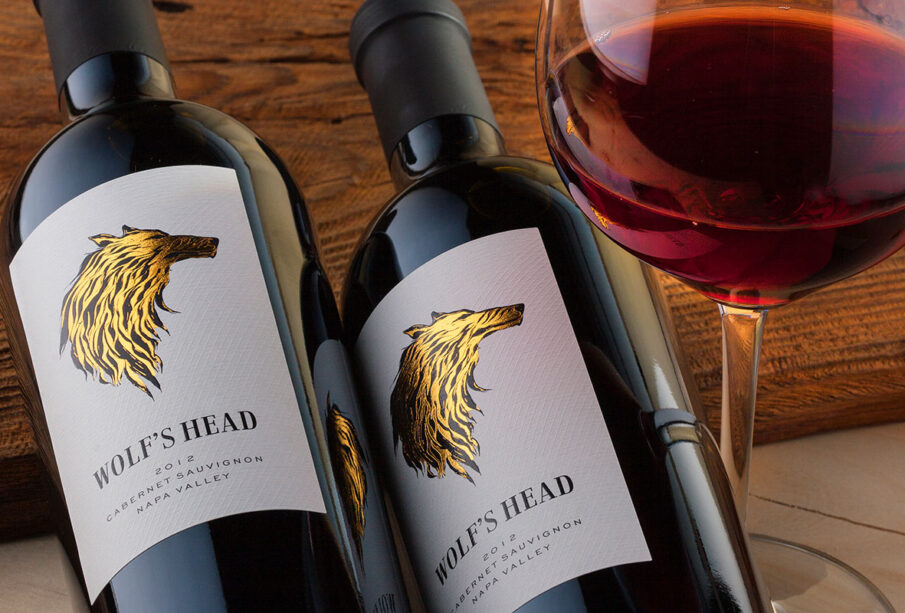Exploring the Crucial Role of Paper Material in Wine Label Design

The selection of wine label paper is not a mere detail in the process of wine presentation; it stands as a pivotal factor that influences consumer perception, brand identity, and ultimately, the success of a wine brand in the competitive market. This article delves into the multifaceted importance of paper material in wine label design, highlighting how it impacts consumer choice, supports environmental sustainability, and enhances brand storytelling.
The Impact of Label Material on Consumer Choice
In a market flooded with diverse wine options, the visual appeal of a wine bottle can significantly sway consumer decisions. The tactile experience, visual quality, and overall impression of a wine label play a critical role in attracting consumers. High-quality wine label printer paper can provide a luxurious feel to the label, which in turn, can elevate the perceived value of the wine. This section explores how the choice of paper material affects consumer preference and the perceived quality of wine.
Enhancing Brand Identity Through Paper Quality
The wine label is not just a means of imparting information; it is a canvas for brand storytelling. The texture, weight, and finish of the paper are instrumental in conveying a brand’s ethos. Whether a winery opts for a rustic, handcrafted feel or a sleek, modern aesthetic, the choice of paper material can make a substantial difference in how the brand is perceived by the target audience. This segment examines the role of paper quality in brand differentiation and identity reinforcement in the wine industry.
Environmental Sustainability and Paper Selection
As global awareness towards environmental sustainability grows, the wine industry is also shifting towards more eco-friendly practices, including in the realm of packaging and labeling. Sustainable paper materials, including recycled options and those sourced from certified sustainable forests, are becoming increasingly popular. This part discusses the importance of choosing environmentally sustainable paper for wine labels and how it reflects on a brand’s commitment to environmental responsibility.
Technical Considerations in Wine Label Paper Selection
Choosing the right paper for wine labels goes beyond aesthetics and brand identity. Technical considerations such as the label’s durability, resistance to moisture, and compatibility with wine label printer paper play a crucial role in the selection process. This section covers the technical aspects of wine label paper, including its performance in various conditions and its impact on the printing process and overall product presentation.
The Role of Innovation in Wine Label Paper
The wine industry is witnessing an era of innovation, with new materials and printing techniques continuously emerging. Advances in paper manufacturing and label printing technology offer wineries a broader range of options to choose from, enabling them to achieve unique textures, finishes, and designs that were previously unattainable. This part of the article explores the latest trends in wine label paper and printing technology, highlighting how innovation is expanding the possibilities for wine label design.
Case Studies: Successful Wine Labels and Their Paper Choices
Illustrating the theory with practice, this segment provides case studies of successful wine brands that have effectively utilized paper material to enhance their label design and, by extension, their market appeal. These examples will showcase the diversity of paper materials available and how strategic selection has contributed to the brand’s success, providing valuable insights for wineries looking to elevate their label designs.
Choosing the Right Partner for Wine Label Printing
Partnering with the right printing service is crucial for achieving the desired quality and effect in wine label production. This section offers guidance on selecting a printing partner who understands the nuances of wine label printer paper and can deliver results that align with a brand’s vision and quality standards. It will cover considerations such as printing technology, material expertise, and the ability to provide eco-friendly options.
Conclusion
The deliberate choice of paper material for wine labels is a complex but essential aspect of wine marketing that directly influences consumer perception, brand identity, and environmental sustainability. Through careful consideration of consumer preferences, brand values, technical requirements, and environmental impacts, wineries can select paper materials that not only enhance the appeal of their products but also align with their brand ethos and market positioning. The integration of innovative materials and technologies in label design further underscores the dynamic nature of wine labeling, offering new opportunities for brands to distinguish themselves in a crowded marketplace. Ultimately, the success of a wine label in capturing consumer interest and conveying the brand story hinges on the thoughtful selection of paper material, underscoring its pivotal role in the wine industry.












